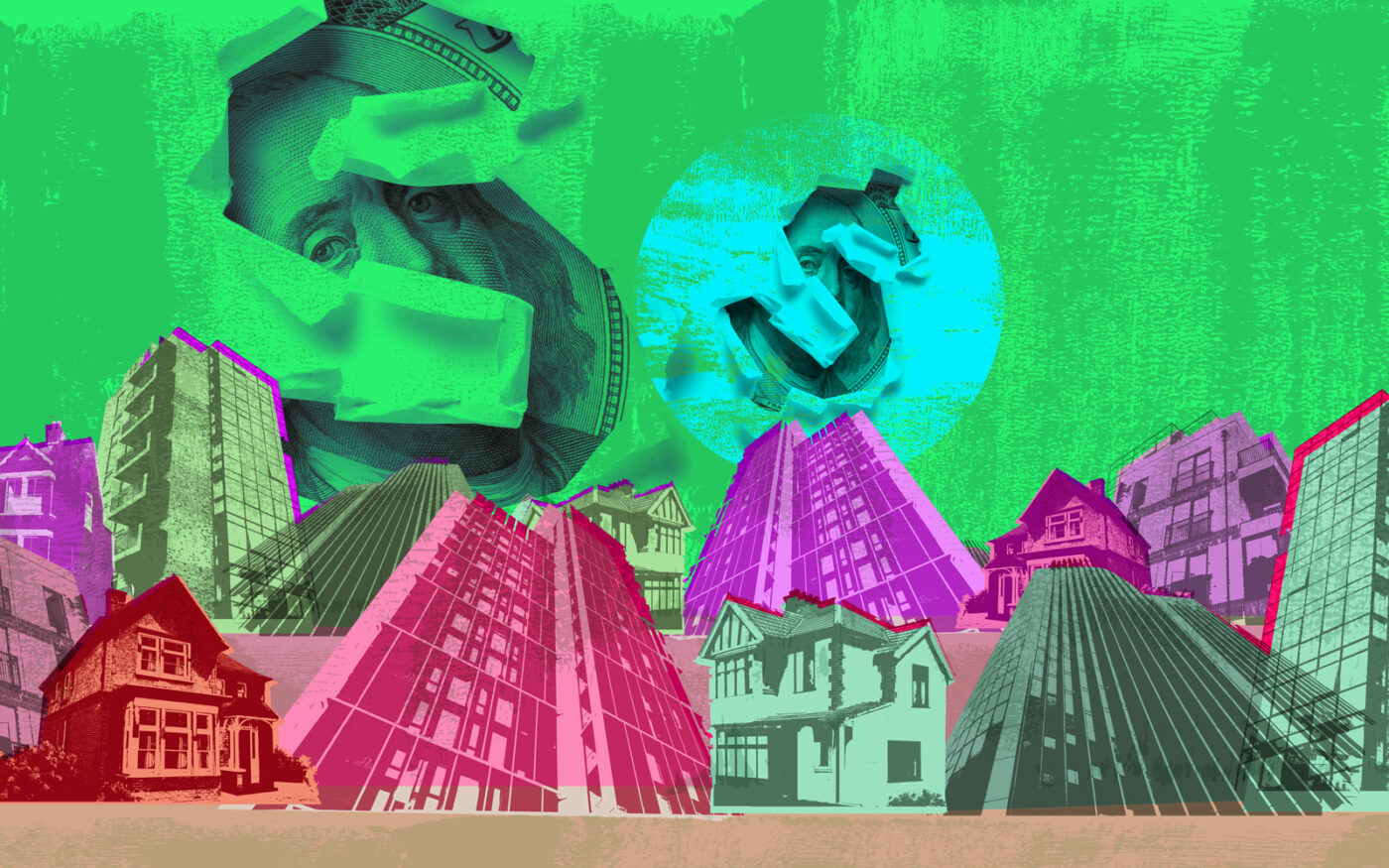Despite no national policy push to cut down on real estate’s climate impact, the industry is being prodded toward progress.
A combination of local and state policies, as well as the mounting cost of insurance, is forcing all sectors of real estate to develop more sustainable, efficient buildings, the New York Times reported.
Buildings are responsible for 40 percent of global emissions, and experts say mitigating the climate impact of real estate is essential to keep global warming below catastrophic levels. This year alone, legislators in 24 states have proposed 147 bills to reduce carbon emissions in buildings, the publication reported.
L. Carl Fiocchi, a senior lecturer on energy efficiency in buildings at the University of Massachusetts in Amherst, told the outlet that a critical mass of forthcoming local green building policies could mean significant emissions reductions.
“The hope is that the silver lining in this enormously black cloud is that it drives states to start adopting these codes,” he told the Times.
This municipal legislation movement includes New York City’s Local Law 97, which goes into effect next year. For buildings larger than 25,000 square feet, the law will impose fines on owners who don’t meet new efficiency standards, with a going rate of $268 for every metric ton of carbon over the limit, according to the outlet. The Adams administration recently proposed rules that could ease the penalties for out-of-compliance landlords, some of whom could be facing $200 million in fines a year.
While legislative requirements are moving the needle, the rising cost of insurance is also pushing the industry on sustainability.
“[People] are demanding for more resilient rebuilds, or else no one will want to insure their house,” Bridget Gainer, vice president of the risk manager Aon, told the publication. Insurers are increasingly pulling out of markets with high climate risk. In Florida, more than a dozen insurers have left in recent years, forcing homeowners to buy increasingly expensive plans.
Some developers are taking on more sustainable design approaches, like Dmitry Baskin, who built Boston’s first certified passive houses. The building design is so efficient, one of his buyers ended up with a negative electric bill, meaning the utility company owed him money.
It’s a wide range of carrots and sticks nudging real estate toward sustainability, experts say.
Gainer told the outlet, “Everyone is responding to some sort of incentive, be it negative or positive.”
–– Kate Hinsche
Read more



